The SAS Batting Lab is a six-week program designed to help improve kids’ understanding of data while also helping them improve their baseball and softball swings. Using analytics in an interactive, AI-powered batting cage, kids can compare their swings to batting stars. During the program, the participants also became more confident interacting with their data, all while having fun.
I played baseball as a kid and I loved it. I especially enjoyed the sound of solid bat-and-ball contact. Every young baseball or softball player dreams of being a great hitter. Some envision hitting home runs like many of the all-time greats. Others may be content with consistently getting on base to help their team score runs.
After learning about The SAS Batting Lab, I was eager to get in and bring back those memories of youth league baseball. In this futuristic batting cage, which looks like a spaceship, I was amazed. But I was nervous, would my swing meet the challenge?
Once inside the cage, I noticed a myriad of cameras tracking every moment of my swing. After spending a moment gazing around the cage and taking in some of the details, it was time to pick up a bat, step up to the plate and swing away.
- Inside The SAS Batting Lab
- The Batting Lab from the exterior
- Bats available to players at The Batting Lab
I’m right handed but the lab works equally well for left and right-handed batters. The batter’s box is a collection of more than 750 sensors to measure the weight distribution of participants throughout their swing.
Unlike some batting cages that use a pitcher or a ball machine, in The Batting Lab, you get to crush a baseball or softball from a motion-detecting tee. I was excited about not having to work as hard to track my swing thanks to the tee.
For me, using a tee removed the pressure of a moving ball and allowed me to focus on my stance, swing and follow-through. The tee also provided an opportunity to work on body mechanics and analyze where exactly I should hit the ball.
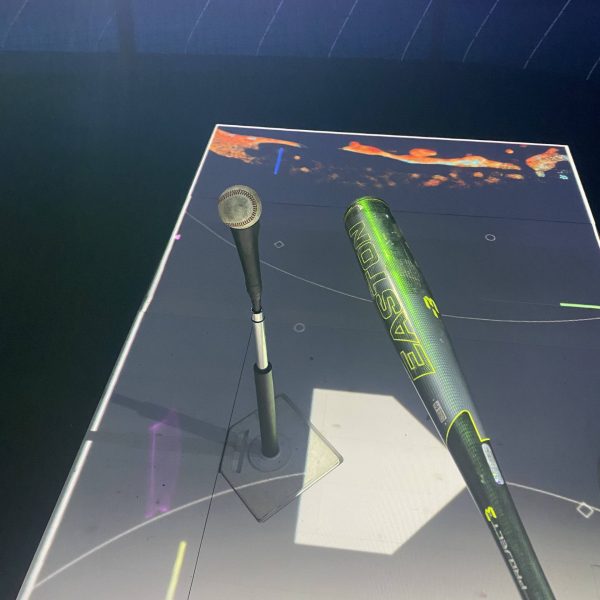
The flight of the ball was recorded in real-time after I struck it. My exit velocity and distance were measured and I received recommendations for how to improve my swing to hit harder and more accurately.
What I learned was that I need to improve my stance and load up to hit the ball. Although the statistics weren't at an elite level, my exit velocity and distance improved throughout my set of swings and the results exceeded my personal expectations. Working on those small details allowed me to make solid contact, driving the ball further than I did in my first few attempts.
In the end, the opportunity to get a firsthand experience and reminisce was more of a reward and I would definitely do it again.
Exploring technology while having a blast
The sensors and cameras of The Batting Lab collect more than 50,000 data points per swing. More than 2.5 million data points are analyzed in a single session of about 50 swings, giving a good idea of what to work on to hit harder and more accurately.
“We get feedback 15 times a second as to how much weight you have and you know where your feet are. And then we also have tracking information we get on the ball. So, we get all those pieces together in a delivered in a package and then it takes about seven to eight seconds to give the feedback back to have it calculated,” said Jared Dean, data scientist and a technical lead for the project.
The team working on The Batting Lab analyzed thousands of swings from North Carolina State University’s baseball and softball teams – to build a model of the optimal swing. The program then uses this data to help guide youth hitters to a better swing.
Through computer vision, stance and swing data are analyzed in real-time and feedback for improvement is shared via in-cage displays on its floor and walls.
To provide feedback, SAS Event Stream Processing uses a hidden Markov model created in SAS Econometrics to ingest video of the swing and sensor data of the weight movements. The swing scoring system can run locally on-premises or for scale use Microsoft Azure to deliver real-time feedback specific to a player’s swing.

“We have cameras constantly rolling throughout the session recording the player’s movements. We use a microphone to signal the contact of the bat and ball which then triggers the creation of a video with several seconds of video before and after contact. Those videos are sent for analysis immediately after creation. The swings are self-paced. The kids can go fast or slow and they can try to get better in between swings," Dean said.
Accelerated learning, accelerated coaching
Rather than adults like me, Dean says this program is intended for children ages 10-14. He believes that this is the age group where young athletes can work somewhat autonomously through the program. But more importantly, younger children have the biggest room for improvement.
Consulting with NC State University’s baseball and softball teams was critical in figuring out what’s important when it comes to swinging the bat. The professional coaching staff played an important role in classifying inefficient movements and how to prompt players to correct them. Early in the swing, movements were emphasized because regaining efficiency from early inefficient movements is nearly impossible.
The six-week program also provides children with continuity and consistent reinforcement to improve their swing, much like they’d do with any other activity. When kids get a private coaching lesson for baseball or softball, the coach typically watches the swing and provides feedback piece-by-piece over a period.
Kids at The Batting Lab are provided with charts and graphs after each set of swings so they can improve their swings and understand data more effectively.
“Whether you’re trying to get better at reading or programming, math or anything, we look for tutors or someone to help give specific prescriptive feedback. And then you take that feedback and go back and try again and again,” Dean said. “In this case, it’s muscle memory. We wanted to emulate that process as much as possible.”
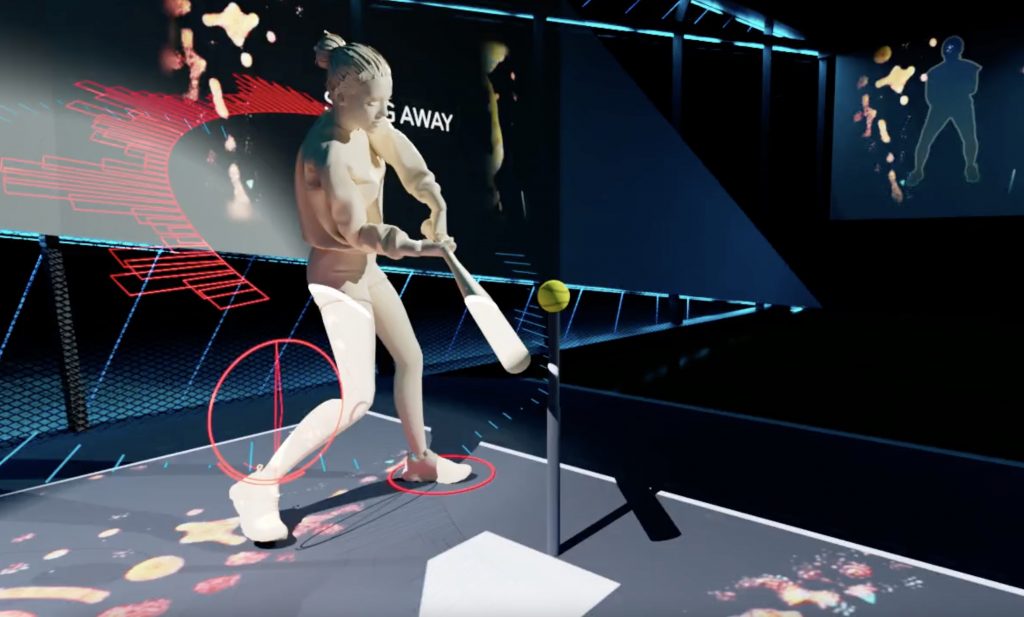
The Batting Lab serves as a great starting point for adolescents to find their swing, track improvements and learn about data in just a short period of time. The project helps build the kids’ confidence in using data and analytics, a foundational element of data literacy. SAS is also providing at no cost an at-home Data Playbook, an online version of The Batting Lab curriculum, where children and their caregivers may track progress and get feedback via worksheets.
According to the team, at the start of the program, only three out of 10 kids had the confidence they could accurately read charts and graphs with their results. By the end, nine out of 10 of the kids reported having extreme confidence in analyzing their results.
For kids, this level of professional advice to complement the technology at work provides limitless potential for growth in the sport and the world of data science.
For me? My swing needs work, but the data enrichment from The Batting Lab combined with my affinity for sports and its statistics made for a superb experience.
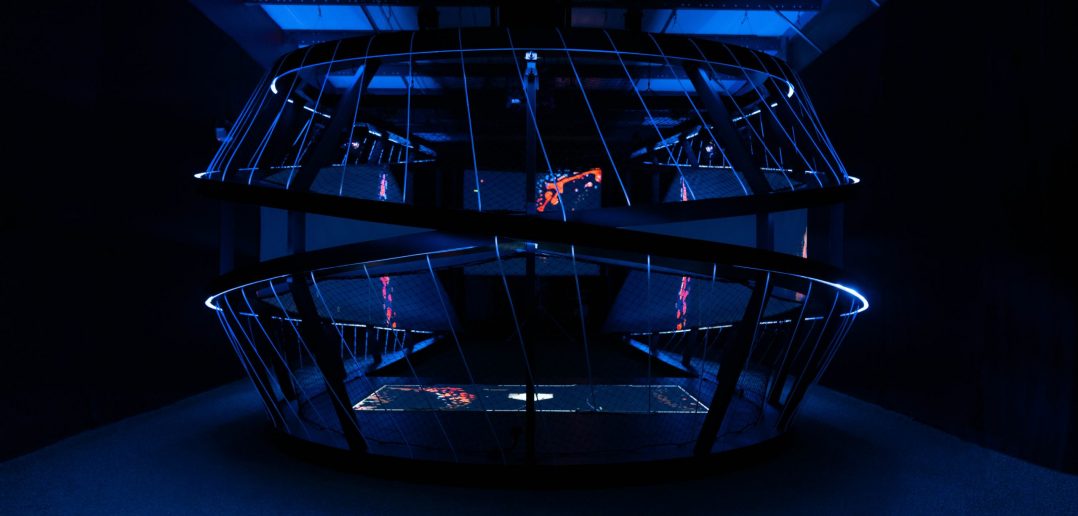

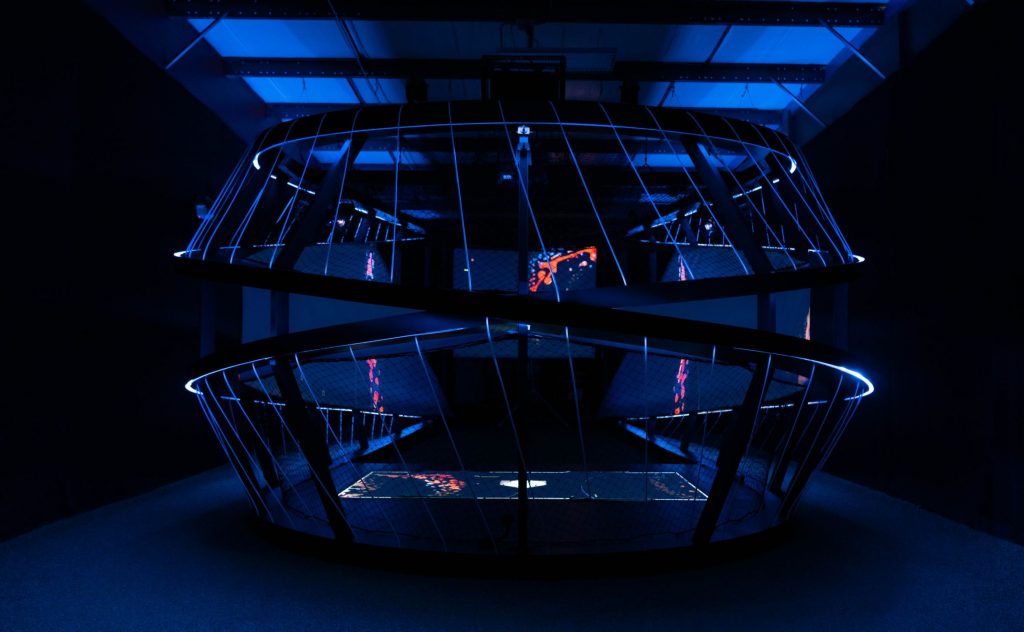
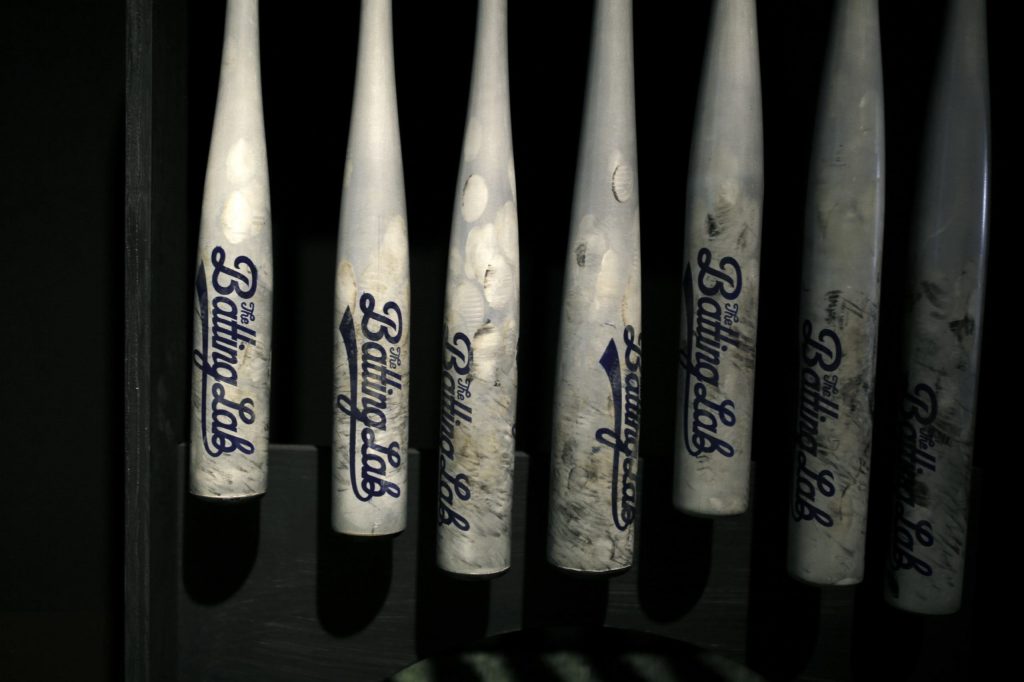
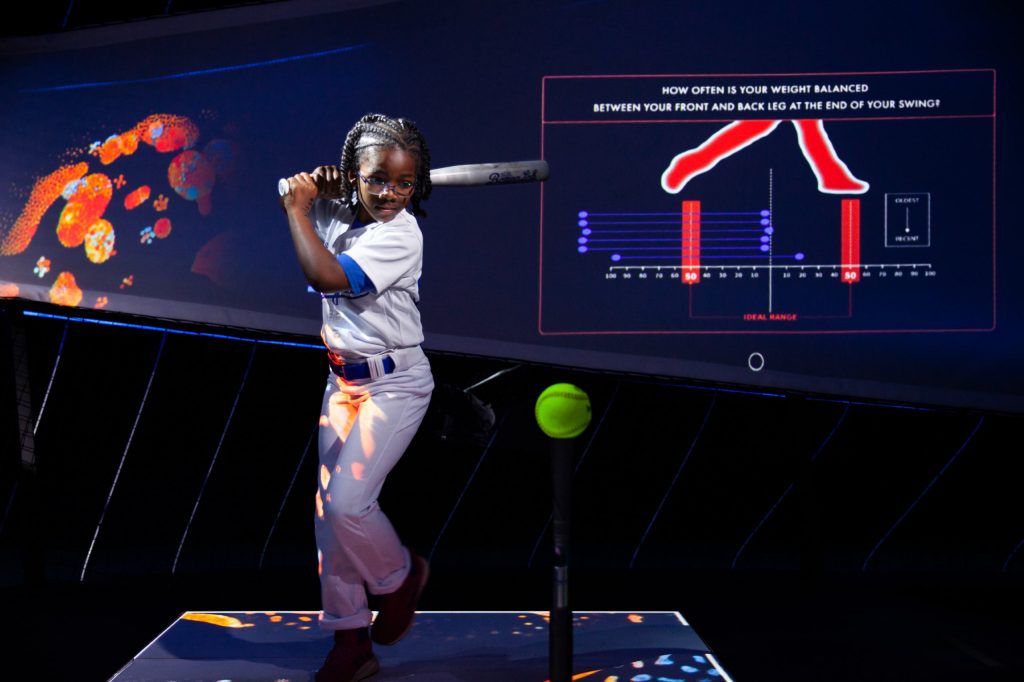
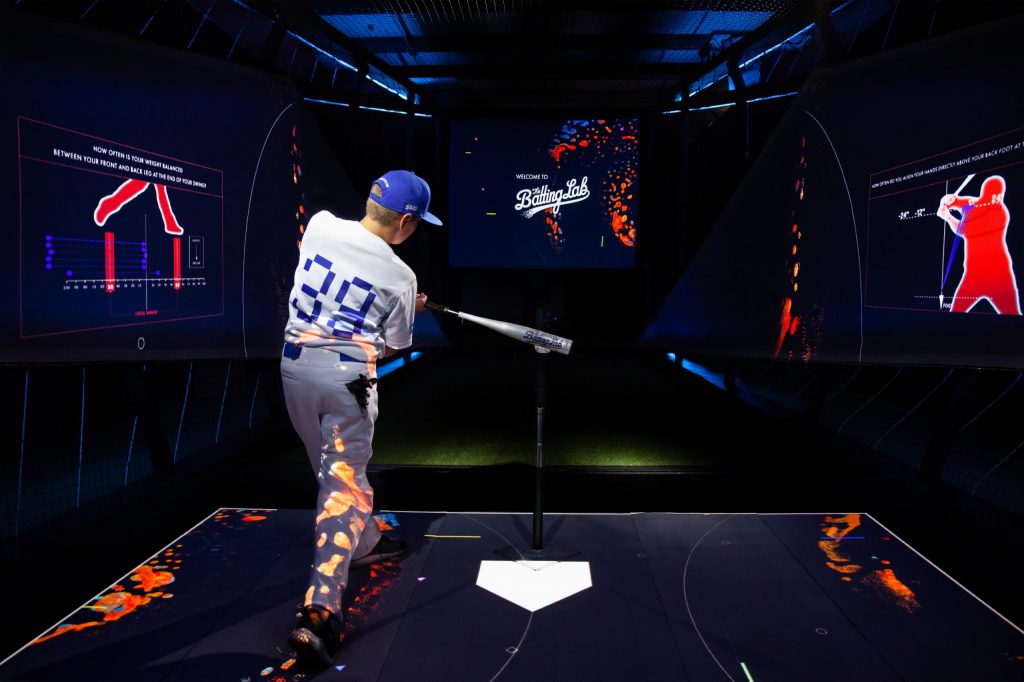
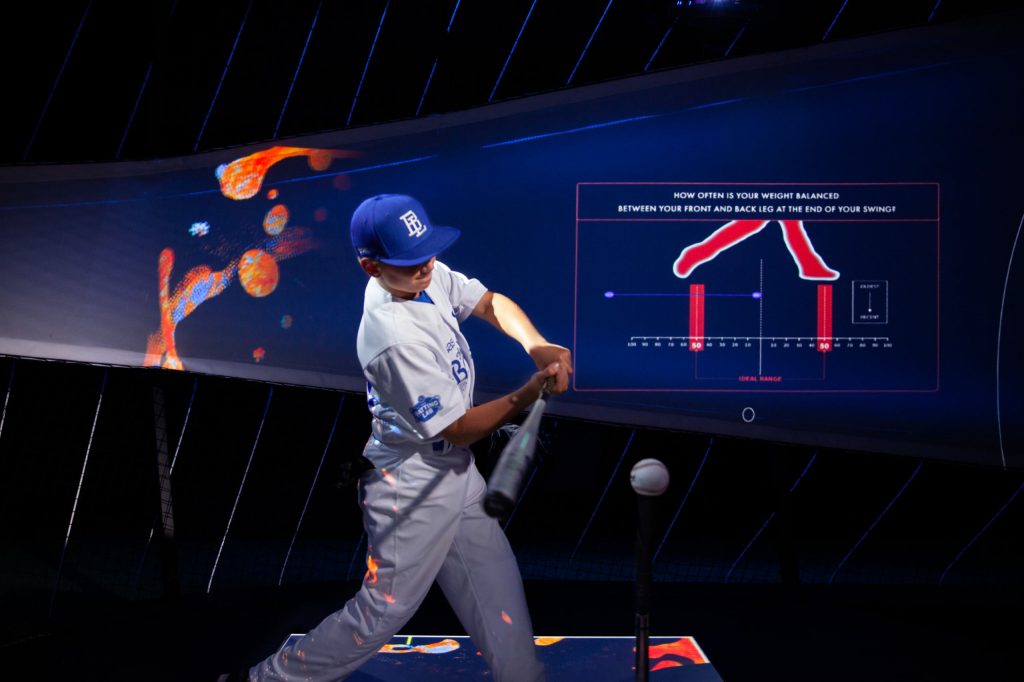

1 Comment
Perfect ! Do think with the solution also with the worldwide golf players ? They need also this opportunity !